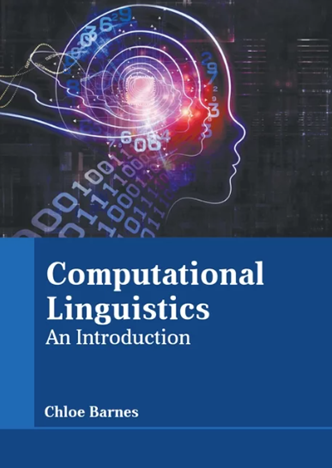定义幻觉的陷阱
IF 9.3
2区 计算机科学
引用次数: 0
摘要
尽管自然语言生成(NLG)和大型语言模型(LLMs)取得了令人瞩目的进展,但研究人员对 NLG 评估的重要方面仍然不甚了解。为了证实这一点,我研究了目前在 Datatext NLG 中对幻觉和遗漏的分类,并对这些分类提出了基于逻辑的综合方法。最后,我强调了当前关于幻觉的所有思考中仍然存在的一些局限性,并讨论了对 LLM 的影响。本文章由计算机程序翻译,如有差异,请以英文原文为准。
The Pitfalls of Defining Hallucination
Despite impressive advances in Natural Language Generation (NLG) and Large Language Models (LLMs), researchers are still unclear about important aspects of NLG evaluation. To substantiate this claim, I examine current classifications of hallucination and omission in Datatext NLG, and I propose a logic-based synthesis of these classfications. I conclude by highlighting some remaining limitations of all current thinking about hallucination and by discussing implications for LLMs.
求助全文
通过发布文献求助,成功后即可免费获取论文全文。
去求助
来源期刊

Computational Linguistics
Computer Science-Artificial Intelligence
自引率
0.00%
发文量
45
期刊介绍:
Computational Linguistics is the longest-running publication devoted exclusively to the computational and mathematical properties of language and the design and analysis of natural language processing systems. This highly regarded quarterly offers university and industry linguists, computational linguists, artificial intelligence and machine learning investigators, cognitive scientists, speech specialists, and philosophers the latest information about the computational aspects of all the facets of research on language.
 求助内容:
求助内容: 应助结果提醒方式:
应助结果提醒方式:


